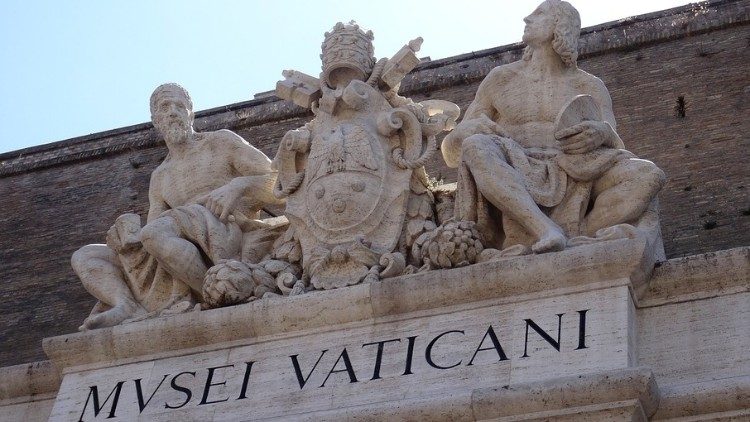
Vatican Museum diaries show new details of World War II history
By Philippa Hitchen
New details of life inside the Vatican during the period of the Second World War are coming to light, thanks to the diaries of a former director of the named Bartolomeo Nogara.
Born one hundred and fifty years ago on the banks of Lake Como, Professor Nogara was named by Pope Benedict XV in 1920 to head the museums and oversee their modernization.
During the 34 years that he served in that position until his death in 1954, he kept meticulous notes in his diaries, all of which were handed over by Nogara’s descendants to the current Vatican authorities on Wednesday May 2nd.
Jews and dissidents saved from deportation
While it may take some time for experts to examine all 41 diaries, written in Nogara’s neat and clearly legible hand, the Vatican newspaper, L’Osservatore Romano has already published a few details, including revelations about Jews and other political dissidents saved from Nazi deportation by Nogara and his dedicated museum staff.
Some of these are well known stories, like that of German Hermine Speier, who was fired from her job in 1933 because she was a Jew and was given refuge in the Vatican museums, becoming the first female employee of the Holy See.
Art works retrieved from Nazis
Other entries in the diaries reveal many more stories of members of the Italian Resistance, hidden under false names in the houses of museum staff, as well as some whom Nogara tried and failed to save from the Nazi death camps.
They also detail numerous invaluable art works which were saved from destruction or theft during the Second World War, as the Vatican museums worked alongside a team of Allied experts to retrieve paintings, statues, books or other precious archive materials that were seized as Hitler’s troops withdrew from the Eternal City.
Conversations with Pius XI
Alongside these fascinating historical revelations, the diaries contain more apparently mundane details of conversations with top Vatican figures, in particular Pope Pius XI who spent many rainy days in the museums when he was unable to walk outside in the Vatican gardens.
Finally, the Nogara notebooks give a scrupulous summary of the modernisation of the Vatican museums in the period between the two world wars, drawing on the experiences and expertise of other European galleries in London, Paris or Berlin.
Modernisation of museums
This ambitious project included the photo-documentation of all exhibits, and the introduction of up-to-date laboratories for the restoration of ancient paintings, tapestries, and artefacts in terracotta or precious metals.
Through his painstaking work, Nogara laid firm foundations for the success of the Vatican Museums in the 21st century. This unparalleled, behind-the-scenes documentation in his diaries is another unexpected treasure, that will keep historians and art experts busy for many years to come.
Thank you for reading our article. You can keep up-to-date by subscribing to our daily newsletter. Just click here






